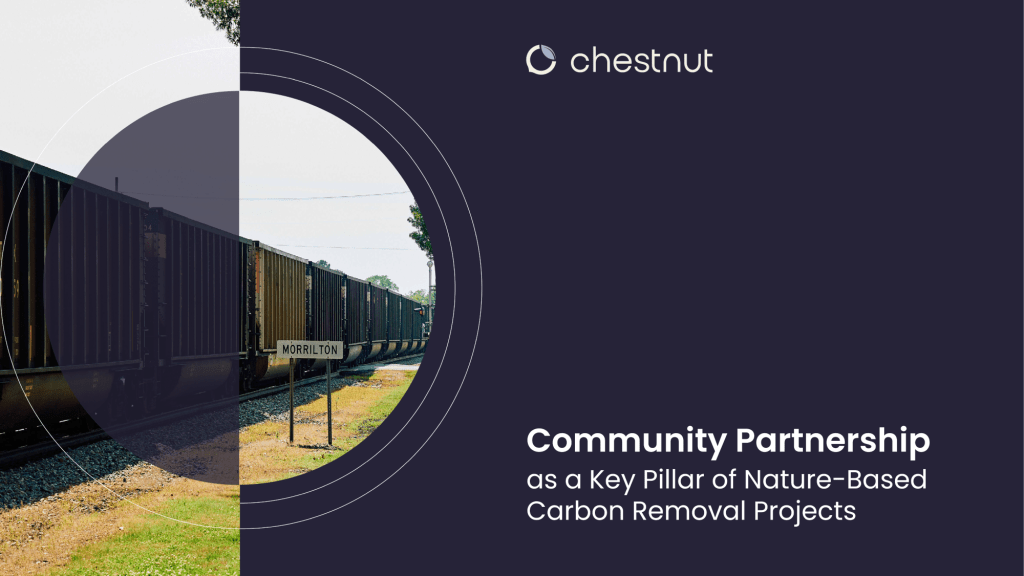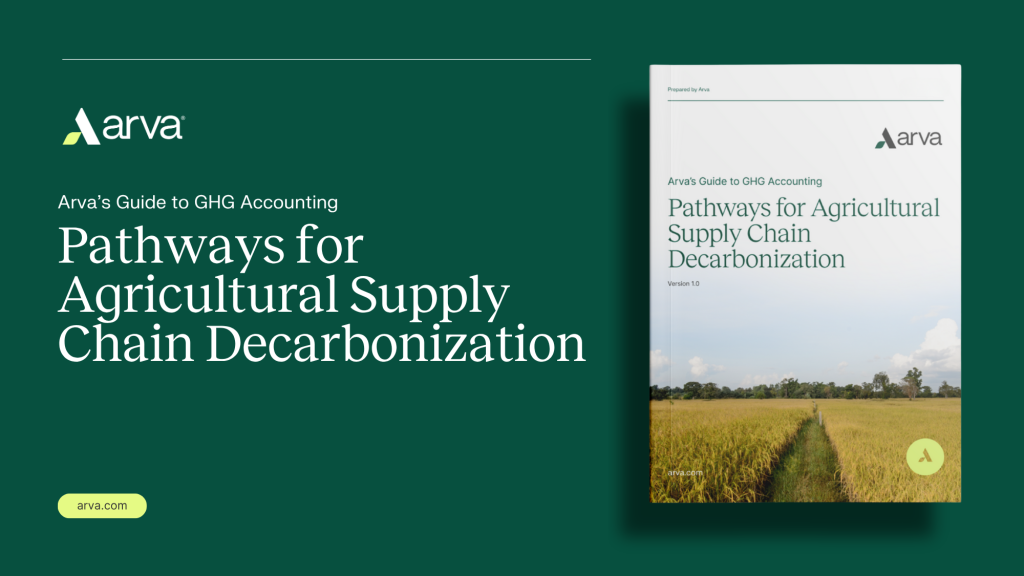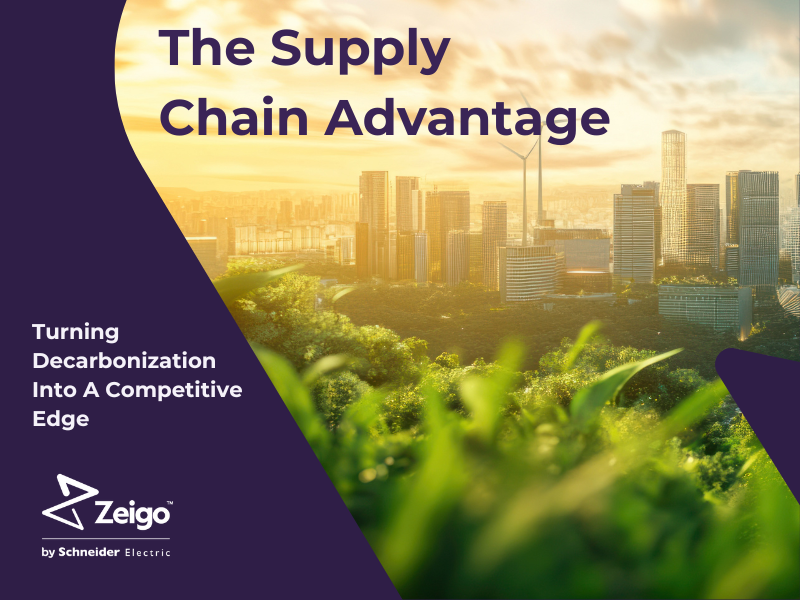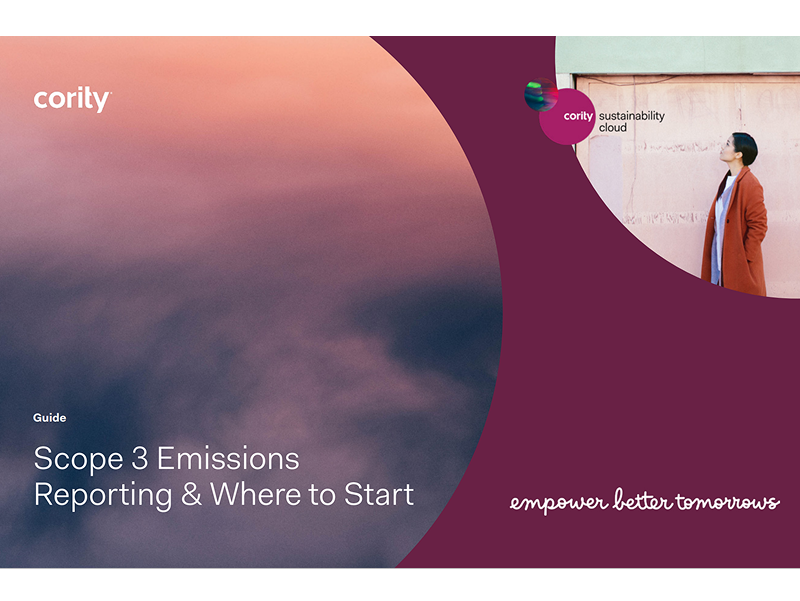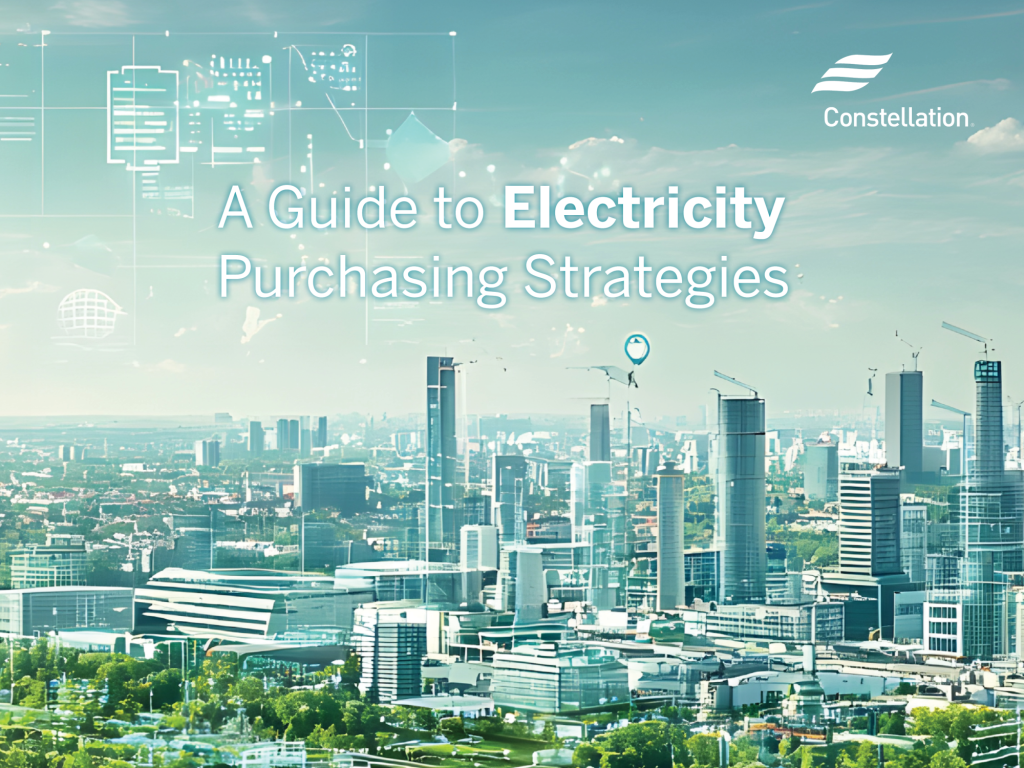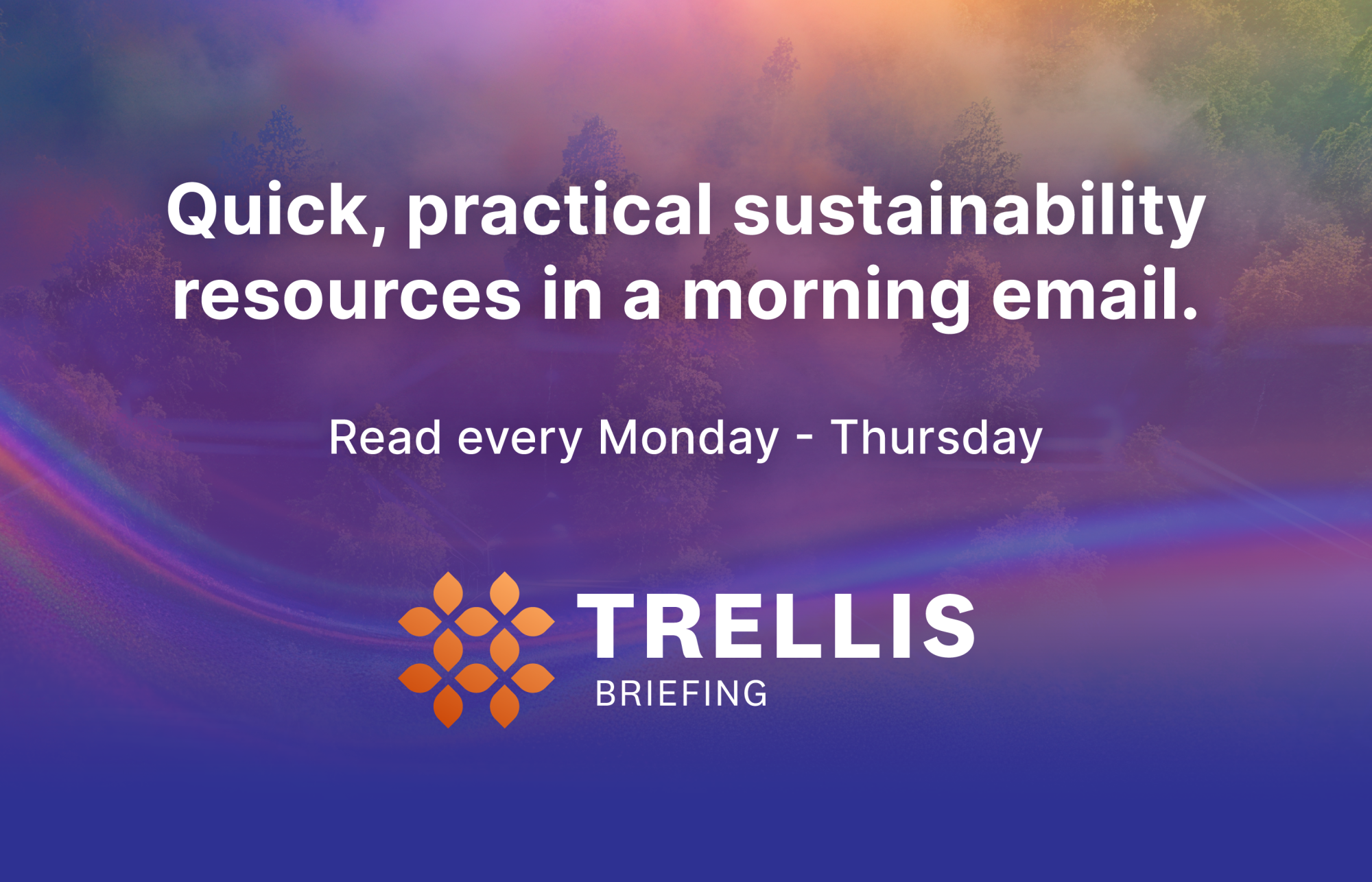For PepsiCo’s sustainability chief, it helps to think like a CEO
Jim Andrew's experience managing corporate budgets is a big reason he was tapped for the role in August 2020. Read More
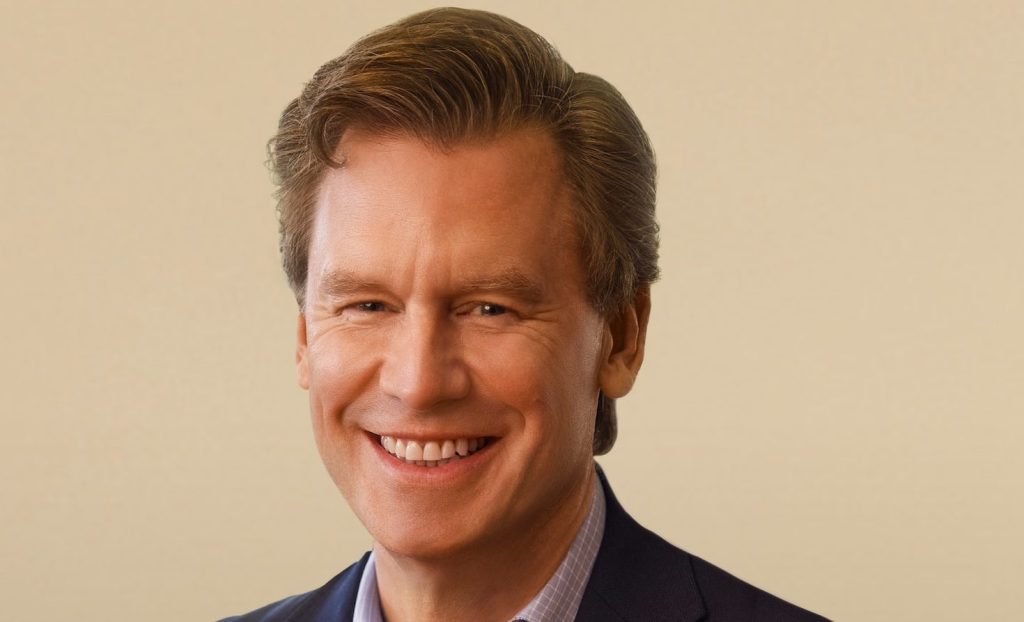
- Be practical: View requests for division heads through the eyes of their operational priorities.
- Prioritize frequent check-ins with key business allies.
- Find a way that your project can help to address another objective.
PepsiCo Chief Sustainability Officer Jim Andrew was running the $92 billion food and beverage company’s SodaStream business when CEO Ramon Laguarta tapped him to lead sustainability strategy in August 2020.
Laguarta’s marching orders for the experienced business development strategist: Define the processes for embedding environmental metrics more deeply into the operations of PepsiCo’s operating units. Andrew’s connections in the field and familiarity with managing profit and loss statements are key strengths.
“Things don’t happen at headquarters in sustainability, they happen in our businesses,” said Andrew during the latest episode of Climate Pioneers, our series featuring innovators and leaders shaping the corporate climate movement. “Every day, I’m talking to my peers on the executive committee, in particular the CEOs of the businesses.”
Sustainability as team sport
Andrew, who reports to CEO Laguarta, speaks with many of his C-suite colleagues several times weekly and checks in with others at least once every two to three weeks.
“At PepsiCo, we need everybody — and certainly have everybody — as part of the team,” he said. “But it’s also a full body contact team sport, so you’ve got to be out there. You’ve got to be talking to people. You’ve got to be having these conversations.”
Andrew believes his experience in managing huge corporate budgets — at PepsiCo and in his previous role as head of strategy and innovation at health tech company Phillips — taught him how to argue more effectively for investments in energy or operational efficiency technologies in a way he’s most likely to win support.
He advocated strongly for a process that embedded climate risk factors and other environmental considerations into PepsiCo’s financial governance, including how the company evaluates mergers and acquisitions.
Sustainability leaders can’t ask or expect a division head to shut down a factory for a major retrofit at a time when it would impact revenue, Andrew noted. Because of his business background, Andrew knows when it might make sense to add those projects, such as when operations are paused for other business reasons.
“I think having run businesses actually allows me to be a better partner to our businesses when it comes to really making sustainability happen,” he said.
How to change ‘No’ to ‘Yes’
Reflecting on PepsiCo’s progress over the past five years, Andrew acknowledged that he underestimated the complexity involved in trying to change established systems — both inside the company and among its business partners. That experience shaped how he responds to resistance to the sustainability team’s agenda or proposals.
Turning “no” into “yes” requires digging below the surface to uncover the root cause of an objection and understanding whether there’s an opportunity to solve for that need as well as the original request, Andrew said.
“If you can pull apart what seems to be a disagreement, you’ll find there’s two questions or two different objectives,” he said. “It’s honestly a lot easier to solve for two different objectives than to solve for just two fundamentally different points of view on one objective.”

Subscribe to Trellis Briefing
Featured Reports

The Premier Event for Sustainable Business Leaders

